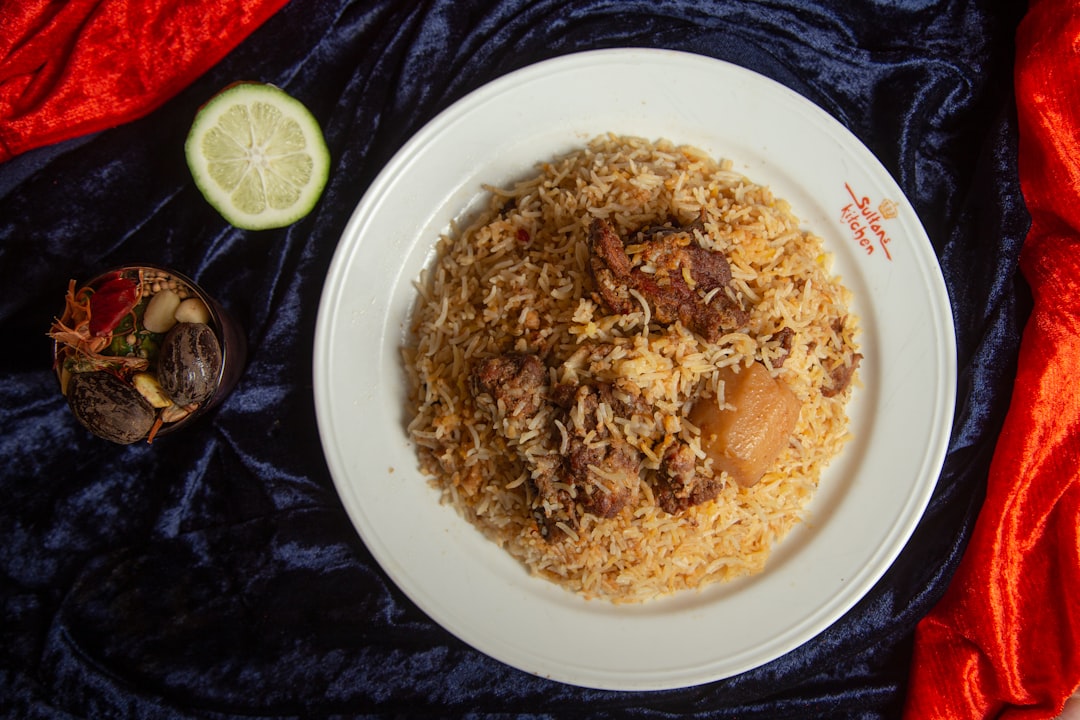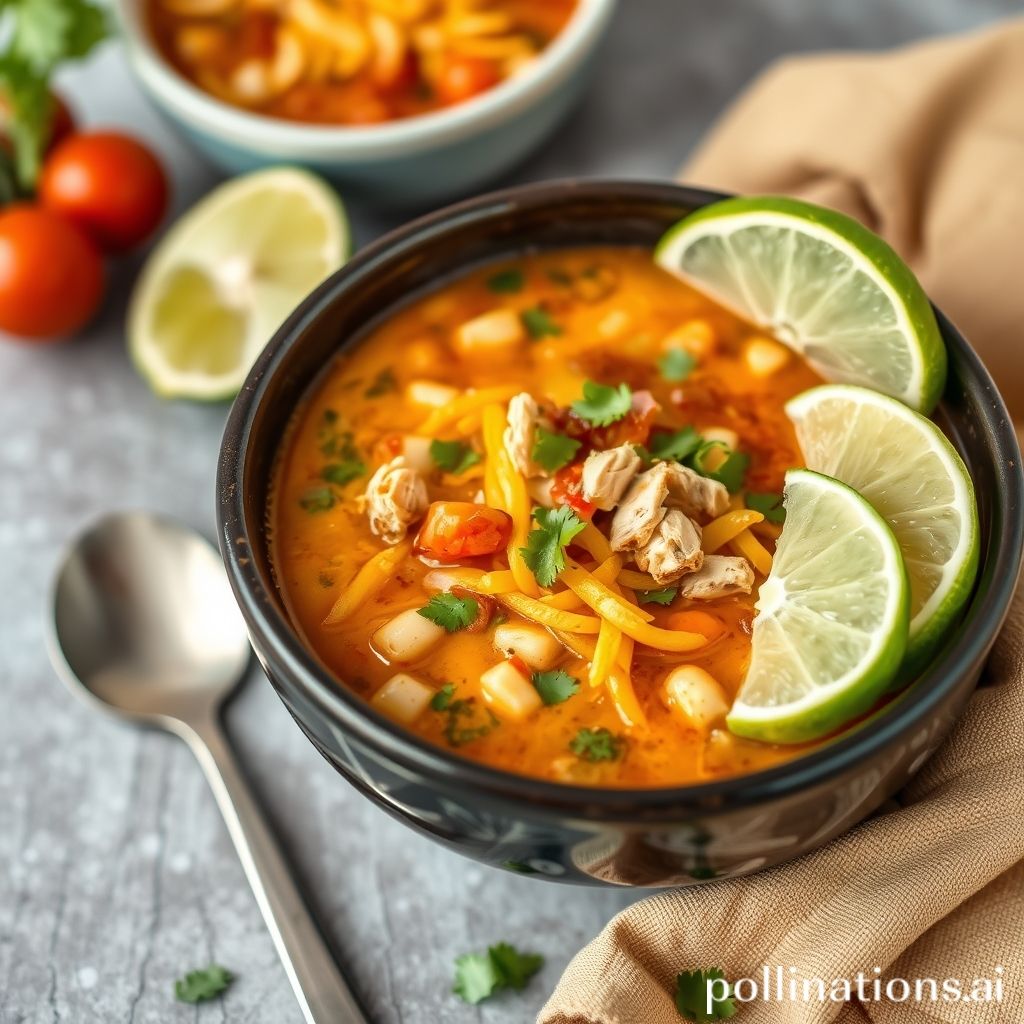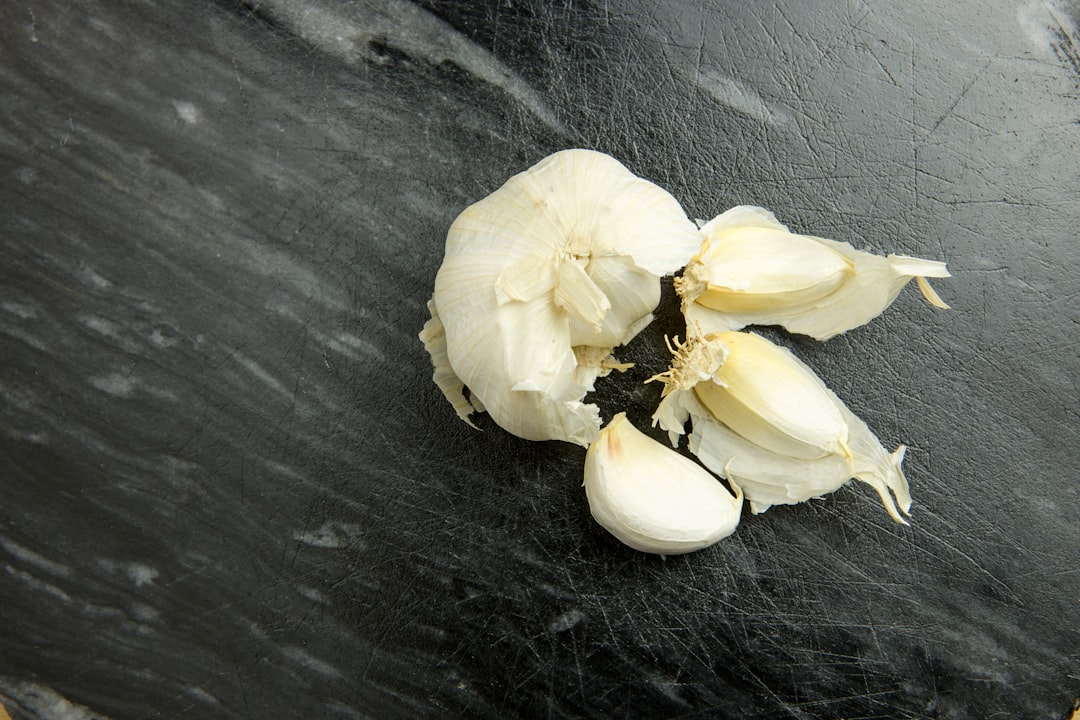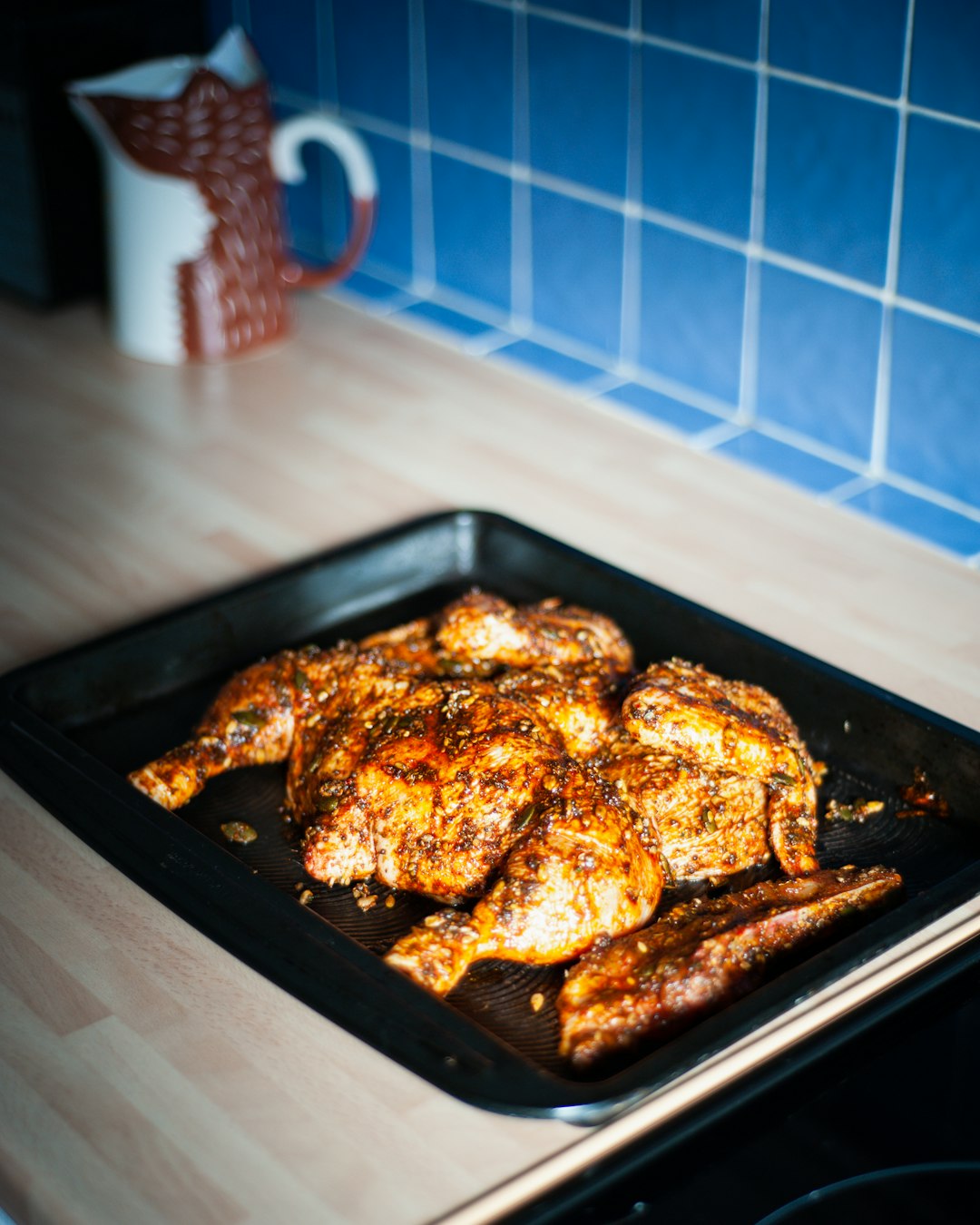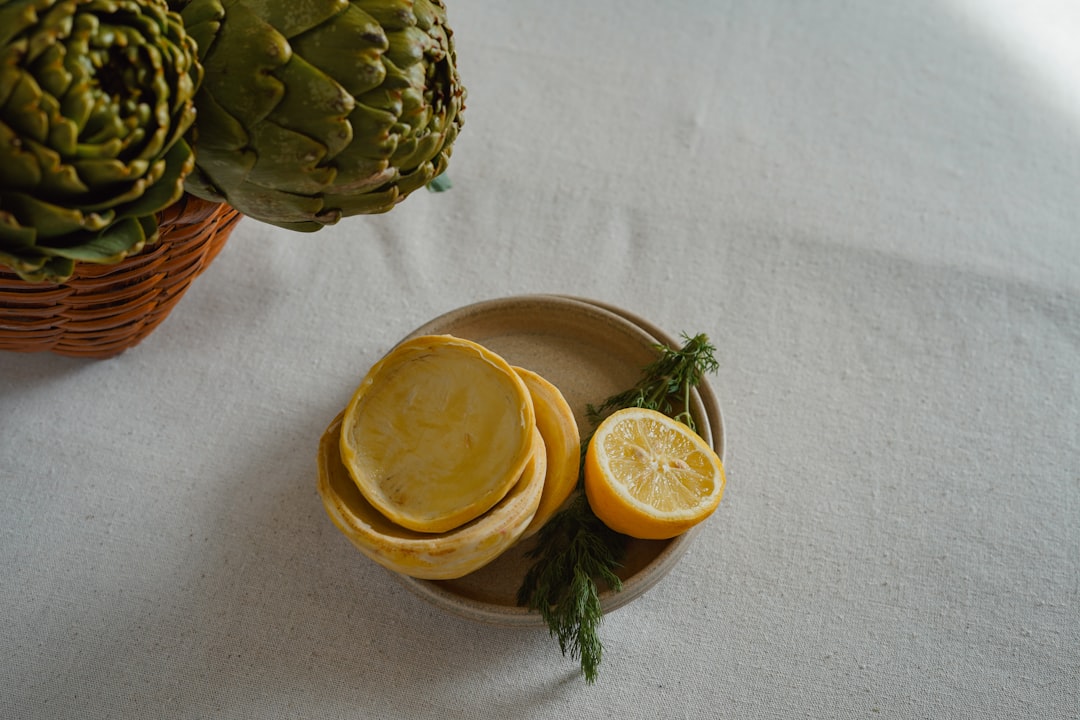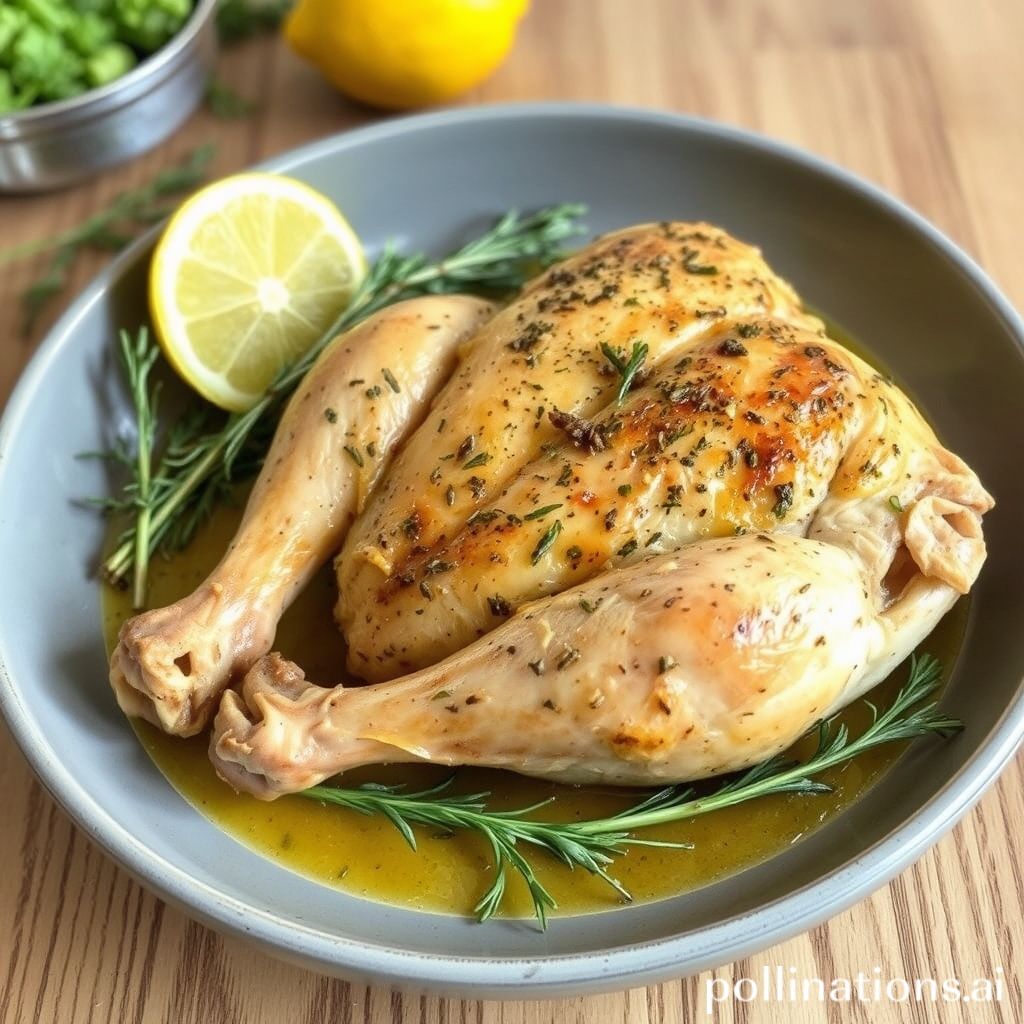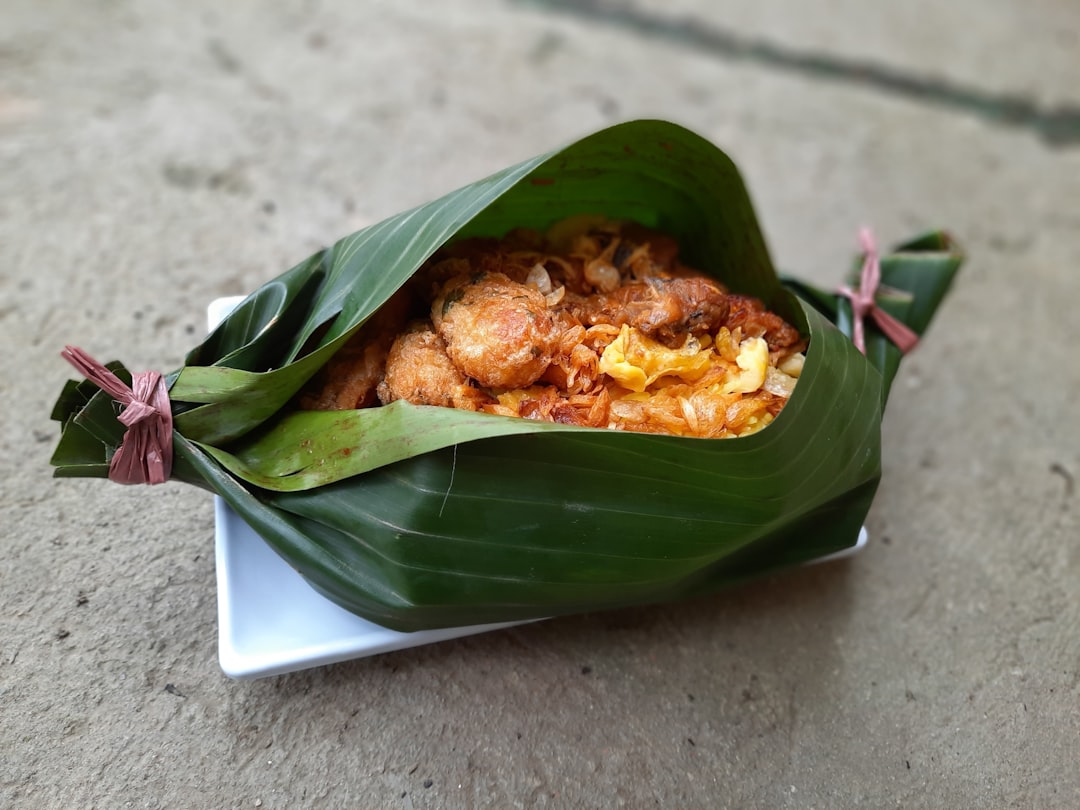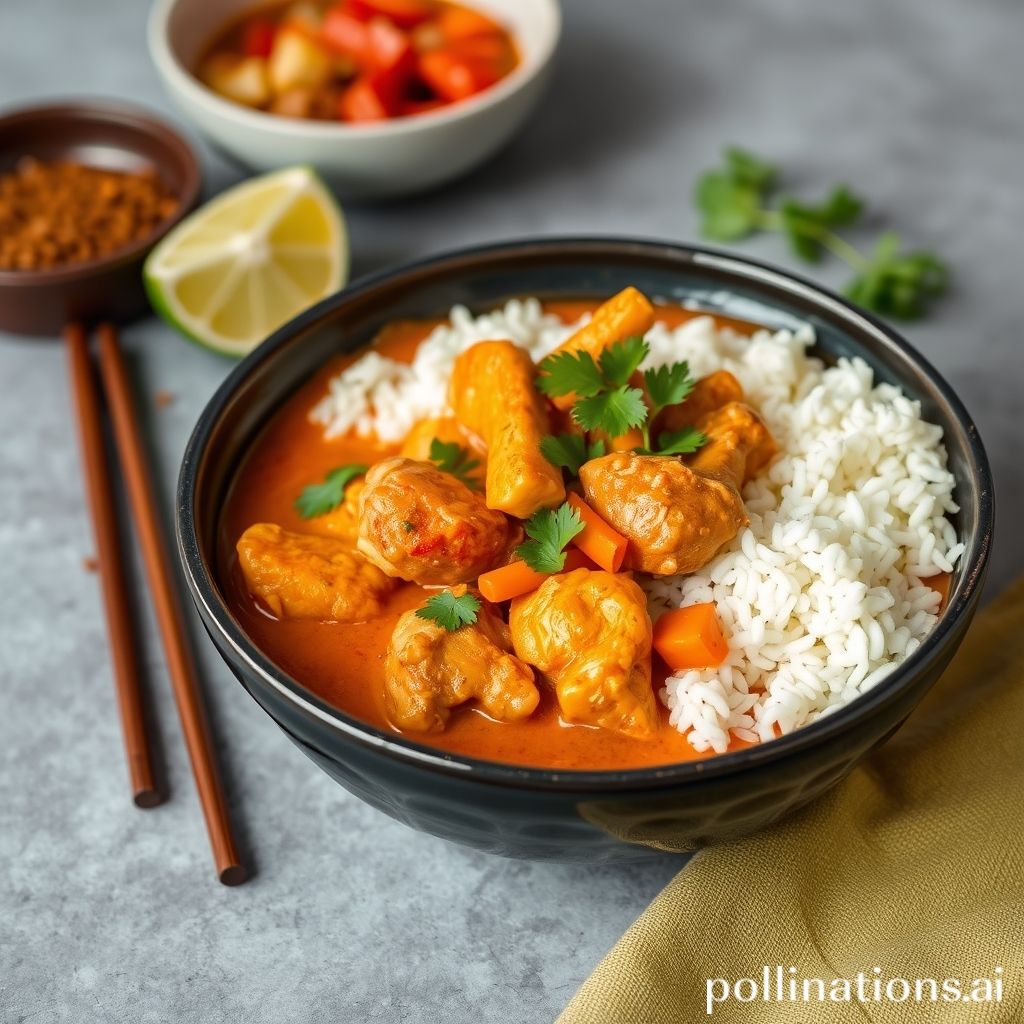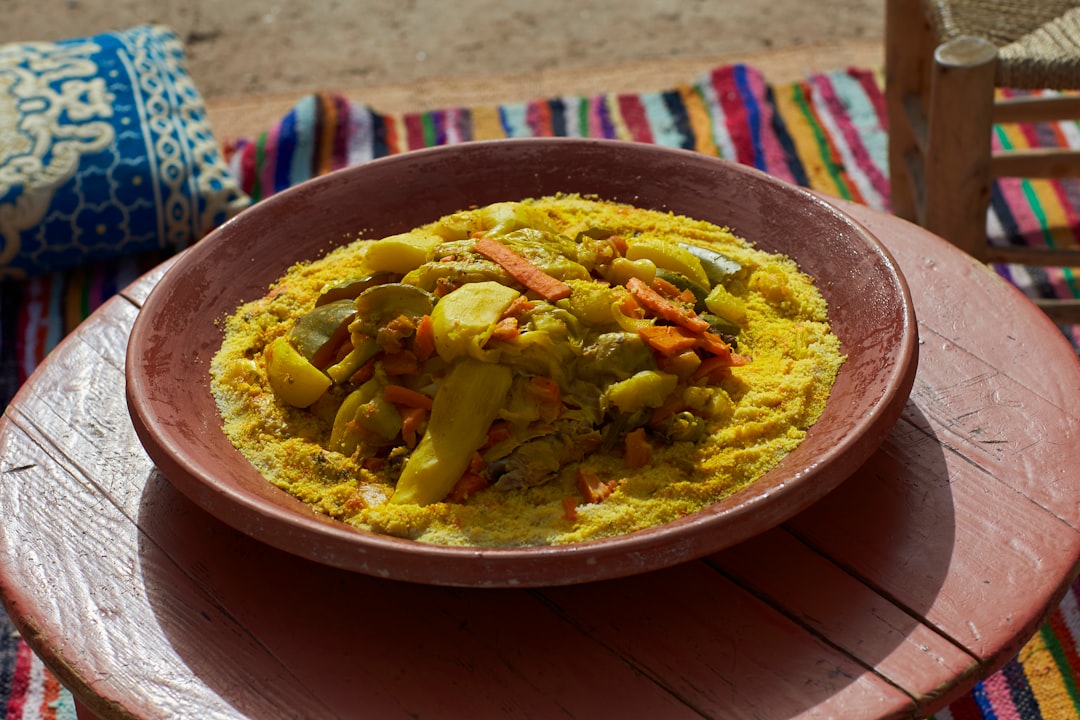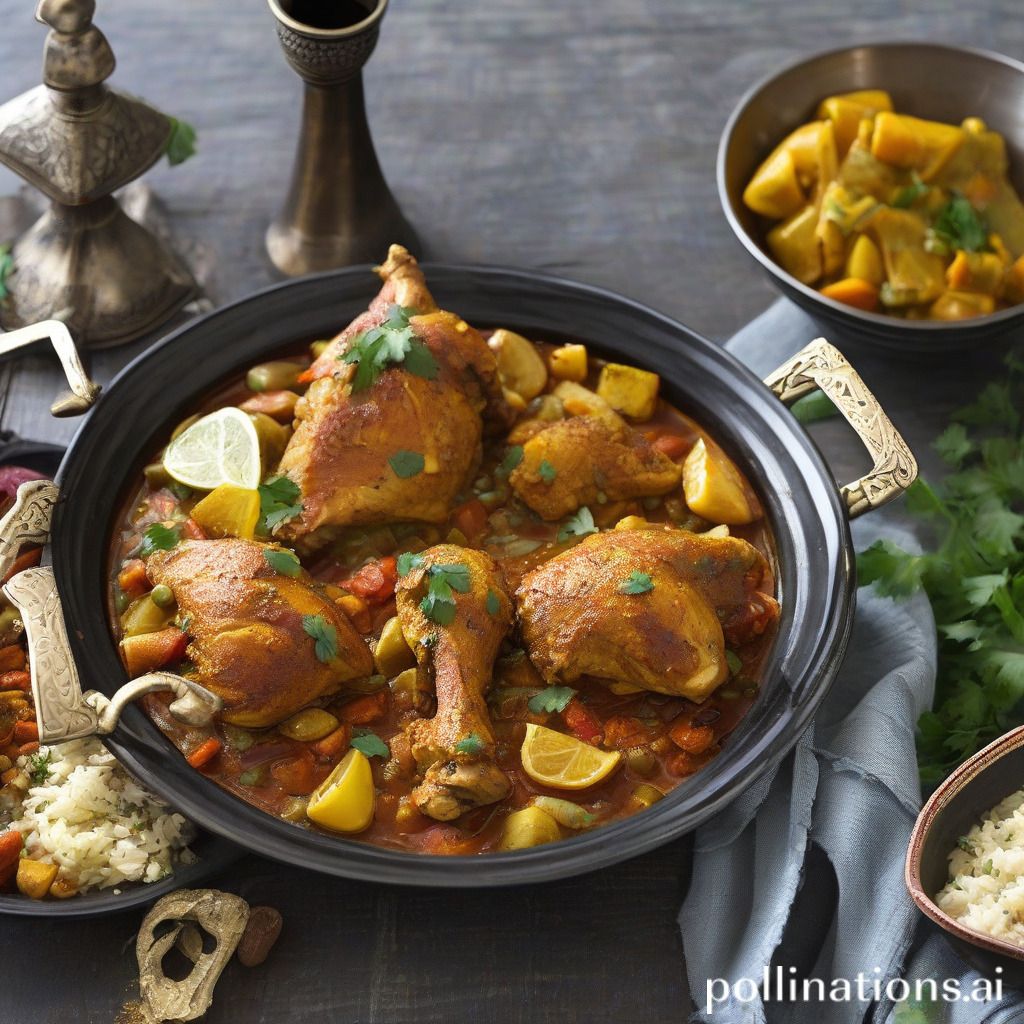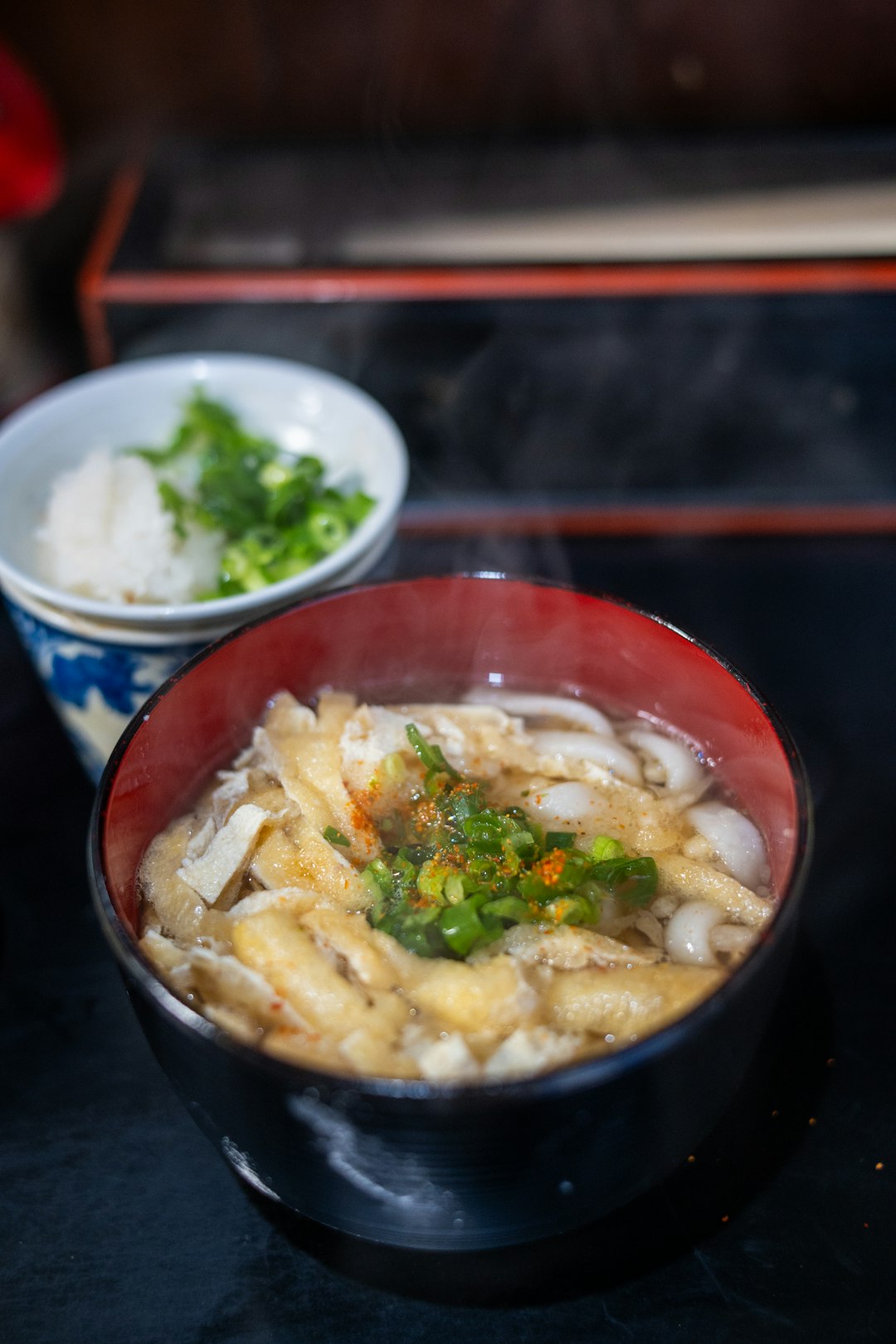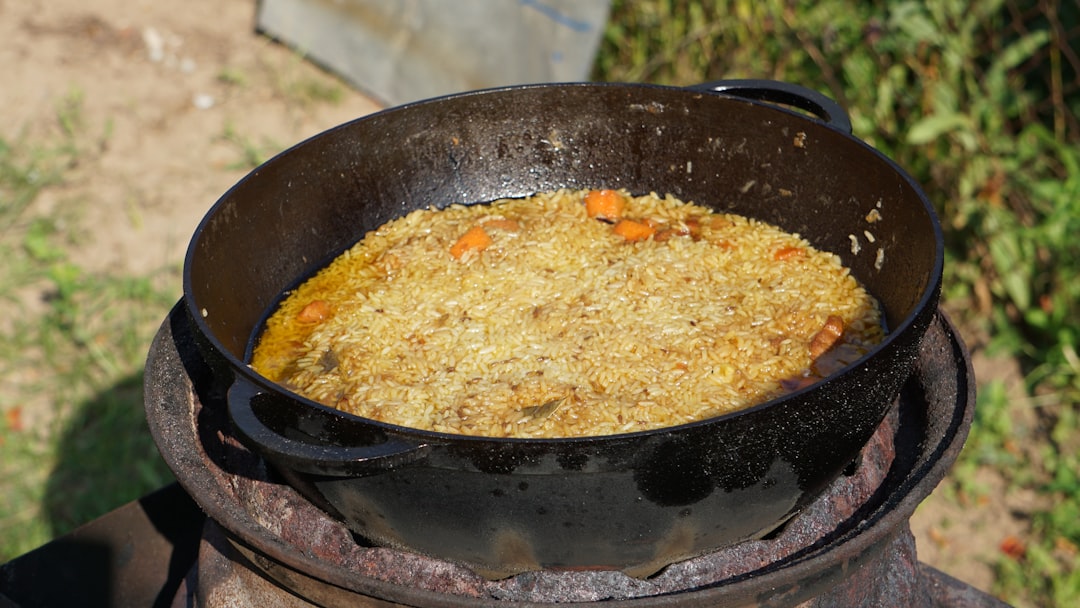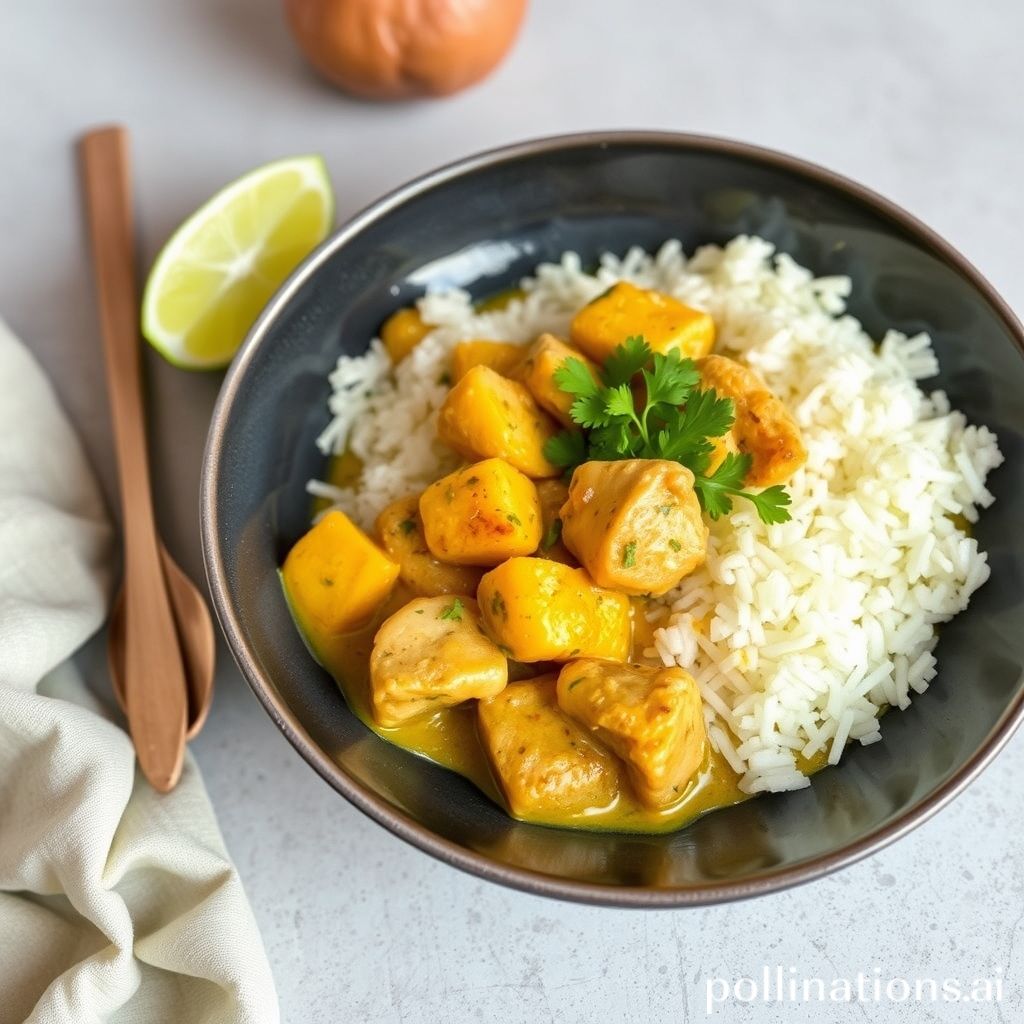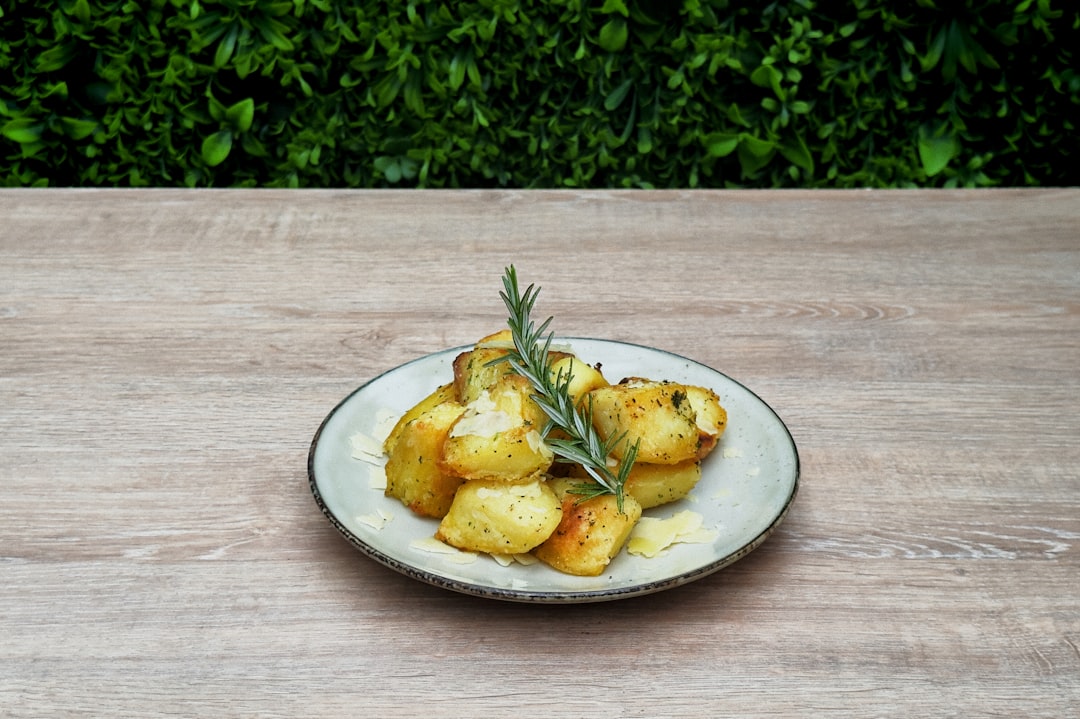Table of Contents
- Introduction
- Essential Ingredients in Mexican Chicken Tortilla Soup
- Step-by-Step Cooking Instructions
- Nutritional Benefits of Chicken Tortilla Soup
- Variations and Modifications to the Basic Recipe
- Pairing Suggestions for a Complete Meal
- The Role of Spices in Enhancing Flavor
- Tips for Perfectly Crispy Tortilla Strips
- Garnishing Ideas to Elevate the Dish
- Conclusion
- Frequently Asked Questions
Introduction
Warm up your culinary senses as you prepare for a journey into the heart of Mexican cuisine. This article will take you on a flavorful exploration of the cherished Chicken Tortilla Soup, a vibrant dish that boasts a rich tapestry of tradition and taste.
Ingredients:
- 2 tablespoons of olive oil
- 1 cup chopped onion
- 2 cloves garlic, minced
- 1 teaspoon ground cumin
- 1 teaspoon chili powder
- 6 cups chicken broth
- 1 can (15 ounces) diced tomatoes
- 1 1/2 cups cooked shredded chicken
- 1 cup corn kernels
- 2 tablespoons fresh lime juice
- Salt and pepper to taste
- 8 corn tortillas, cut into strips
- 1 avocado, diced
- 1/2 cup chopped fresh cilantro
Discover how each ingredient contributes to this soup’s unparalleled authenticity and depth of flavor. From the carefully chosen spices to the crispy tortilla strips, this dish is a testament to the exquisite diversity within Mexican culinary tradition. Join us as we delve into the secrets that make this comforting soup a beloved staple, perfect for any occasion.
Essential Ingredients in Mexican Chicken Tortilla Soup
Mexican Chicken Tortilla Soup is a vibrant and flavorful dish that embodies the essence of traditional Mexican cuisine. The foundation of this delicious soup is built upon a robust combination of ingredients that create layers of taste and texture. At its core, the soup features shredded chicken, which provides a hearty and protein-rich base. Often, chicken breasts or thighs are used and cooked until tender, then shredded to enhance the soup’s consistency.
A must-have ingredient that gives the soup its distinctive flavor is the tomato base, usually made from fresh tomatoes or canned tomatoes with green chilies. This is complemented by chicken broth, which adds depth to the dish. Spices such as cumin, garlic, and chili powder are essential for bringing warmth and smokiness, characteristic of Mexican dishes.
Another key component is the array of vegetables, including onions, bell peppers, and corn, which add sweetness and texture. For authenticity, don’t forget the tortillas; corn tortillas are typically cut into strips and either fried or baked until crispy, then served on top or mixed in to thicken the soup. Finally, garnishes like avocado, cilantro, lime, and cheese offer a fresh and tangy contrast to the savory broth.
Step-by-Step Cooking Instructions
To make a delicious Mexican Chicken Tortilla Soup, begin by heating two tablespoons of olive oil in a large pot over medium heat. Add one chopped onion and two minced garlic cloves, sautéing until soft and fragrant. Then, incorporate one teaspoon of cumin, one teaspoon of chili powder, and a pinch of salt, stirring for a minute to release the spices’ aroma.
Next, pour in four cups of chicken broth and one can of diced tomatoes, including their juice. Bring the mixture to a simmer. While the soup base is simmering, shred two cups of cooked chicken, adding it to the pot along with one cup of corn kernels and one can of drained black beans.
Allow the soup to cook for 15-20 minutes until heated through, adjusting the seasoning with salt and pepper as needed. In the meantime, prepare the tortilla strips by slicing corn tortillas into thin strips, drizzling them with olive oil, and baking at 350°F until crispy.
To serve, ladle the soup into bowls and garnish with the crispy tortilla strips, fresh cilantro, avocado slices, and a squeeze of lime juice. This step not only enhances the flavors but also adds a delightful crunch to each serving.
Nutritional Benefits of Chicken Tortilla Soup
Mexican Chicken Tortilla Soup is not only delicious but also packed with nutritional benefits. A staple in Mexican cuisine, this soup offers a rich blend of flavors and nutrients. The chicken in the soup provides a substantial amount of lean protein, which is essential for muscle repair and growth. Protein also helps to keep you satiated, potentially aiding in weight management.
In addition to protein, the soup is typically loaded with vegetables such as tomatoes, onions, and peppers, all of which are excellent sources of vitamins, minerals, and antioxidants. Tomatoes, for instance, are rich in lycopene, a powerful antioxidant that has been linked to reduced risks of chronic diseases.
Furthermore, the spices commonly used in Chicken Tortilla Soup, such as cumin and chili powder, not only add flavor but have anti-inflammatory properties. The use of corn tortillas adds some wholesome carbohydrates for energy. Finally, the soup is often topped with avocado, which provides healthy monounsaturated fats to support heart health.
Overall, Mexican Chicken Tortilla Soup is a nourishing and balanced meal option that can contribute to a healthy diet while tantalizing your taste buds.
Variations and Modifications to the Basic Recipe
Mexican Chicken Tortilla Soup is a versatile dish that can be adapted to suit various tastes and dietary needs. One popular modification is to enhance the spice level by adding jalapeños, serrano peppers, or even a dash of chipotle for a smoky flavor. For those who prefer a milder version, reducing or eliminating the chili peppers can create a more subtle taste.
Another common variation is to experiment with the protein. While chicken is traditional, shrimp, beef, or even vegetarian options like black beans or tofu can provide satisfying alternatives. To give the soup a richer texture, some opt to add cream or cheese, such as queso fresco, which melts beautifully into the broth.
Additionally, the choice of toppings can transform the dish. Avocado slices, fresh cilantro, lime wedges, and crunchy tortilla strips add both flavor and texture. For a healthier twist, baked tortilla chips can replace fried ones without sacrificing that delicious crunch.
These variations allow for creative experimentation while keeping the essence of Mexican Chicken Tortilla Soup intact, ensuring that there’s a version to please every palate.
Pairing Suggestions for a Complete Meal
Mexican Chicken Tortilla Soup, with its rich and hearty flavors, pairs wonderfully with a variety of sides to create a complete and satisfying meal. One delightful option is to serve it alongside a fresh salad, mixing leafy greens, avocado, and a zesty lime dressing. This adds a refreshing contrast to the warm, spicy flavors of the soup.
Another excellent pairing is warm, crusty bread or homemade cornbread. These can be used to soak up the delicious broth, providing a satisfying texture variance. If you’re looking to maintain a Mexican-themed meal, consider a side of Mexican rice or a small plate of nachos topped with melted cheese, jalapeños, and fresh salsa.
For those who enjoy a hint of sweetness, a serving of fresh mango slices or a fruit salad can provide a refreshing end to the meal, balancing the savory elements of the soup. Finally, complement the meal with a classic Mexican beverage such as horchata or a cold cerveza for a truly authentic experience. Pairing these diverse elements not only creates a balanced meal but also elevates the dining experience, highlighting the vibrant and diverse flavors inherent in Mexican cuisine.
The Role of Spices in Enhancing Flavor
Spices play a crucial role in elevating the flavors of Mexican Chicken Tortilla Soup, transforming it into a fragrant and flavorful dish that tantalizes the senses. Key spices such as cumin, chili powder, and smoked paprika are essential in creating the soup’s distinctive taste profile. Cumin adds a warm, nutty undertone that complements the richness of the chicken broth, while chili powder introduces a subtle heat and earthiness, enhancing the soup’s overall depth. Smoked paprika, on the other hand, brings a smoky sweetness that balances the spice and adds complexity.
The use of spices in Mexican Chicken Tortilla Soup is not just about adding heat; it’s about creating a symphony of flavors that work together harmoniously. Fresh cilantro and lime juice often garnish the soup, adding a fresh, zesty contrast to the warm spices. Garlic and onion powders are also used to strengthen the base flavors, ensuring that each spoonful delivers a robust taste experience. Together, these spices not only enhance the flavor but also pay homage to the traditional Mexican culinary heritage, showcasing the rich tapestry of tastes that make this soup a beloved classic.
Tips for Perfectly Crispy Tortilla Strips
Creating perfectly crispy tortilla strips is an art that can elevate your Mexican Chicken Tortilla Soup to the next level. The key is in selecting the right tortillas. Opt for fresh corn tortillas as they tend to crisp up better than flour ones. Begin by cutting them into thin, uniform strips to ensure even cooking. Preheat your oven to 375°F (190°C) or heat oil in a skillet to 350°F (175°C) for frying.
If you prefer baking them, lightly brush the strips with olive oil and sprinkle with a pinch of salt. Spread them in a single layer on a baking sheet and bake for about 10-15 minutes, flipping halfway through until they are golden and crisp. For frying, ensure the oil is hot enough by testing with a small piece of tortilla first. Fry in batches, avoiding overcrowding, which can lower the oil temperature and result in soggy strips.
Once your tortilla strips are golden brown, transfer them to a paper towel-lined plate to drain excess oil. Season immediately with a bit of salt, pepper, or even chili powder for an extra kick. Store them in an airtight container to maintain that perfect crunch until it’s time to serve your soup.
Garnishing Ideas to Elevate the Dish
Garnishing Mexican Chicken Tortilla Soup is an exciting way to add layers of flavor and texture, transforming a humble bowl into a culinary masterpiece. A classic topping includes crispy tortilla strips, which provide a satisfying crunch against the rich broth. To make them, simply fry thin slices of corn tortillas until golden brown. Freshly chopped cilantro introduces a burst of freshness, while sliced avocados add creaminess and a touch of luxury to each scoop.
Diced onions, either raw for a sharper flavor or caramelized for sweetness, can intensify the soup’s complexity. Jalapeño slices bring heat for those who appreciate a spicy kick, and a generous squeeze of lime juice accents the soup with vibrant citrus tones. For cheese lovers, a sprinkle of shredded queso fresco or Monterey Jack delivers a creamy, melt-in-your-mouth experience.
Additionally, a dollop of sour cream offers a cooling contrast to the warm spices, and roasted corn kernels can introduce a smoky-sweet element. Experiment with colorful bell pepper slices for a pop of color that not only pleases the eye but adds flavor as well. These thoughtful garnishing ideas ensure that each bowl of Mexican Chicken Tortilla Soup is deliciously inviting and exceptionally memorable.
Conclusion
Embarking on a culinary journey through the authentic flavors of Mexican Chicken Tortilla Soup not only tantalizes your taste buds but also enriches your appreciation for traditional Mexican cuisine. With its robust combination of tender shredded chicken, aromatic spices, and vibrant garnishes, this soup exemplifies the heart and soul of Mexican cooking, offering both nourishment and delight. The versatility of the dish allows you to customize it to your spice preference and dietary needs, ensuring there’s a version for everyone to enjoy. Pair your soup with complementary sides or a refreshing Mexican beverage to create a complete dining experience that celebrates the rich, diverse flavors of Mexico. As you explore these layers of taste and texture, enhance your cooking endeavors with The Chicken Bible: Say Goodbye to Boring Chicken with 500 Recipes for Easy Dinners, Braises, Wings, Stir-Fries, and So Much More. This cookbook serves as your ultimate guide to turning ordinary chicken meals into extraordinary dishes. Don’t miss out on this opportunity to expand your culinary repertoire. Purchase your copy today and start savoring the endless possibilities that await.
